Teaching manual
Andrew Crothers mastered delicate hand skills while building model aircraft as a boy but, aware that fewer students now possess such dexterity, the clinical skills teacher adopted a new approach
Andrew Crothers is old enough to remember enjoying constructing Airfix kits of aircraft and fighting vehicles as a boy. Making models and enjoying handicrafts is not something that many young people do anymore and, as senior clinical skills teacher at Glasgow Dental School, Andrew sees the lack of experience with dexterity as a challenge to many of his dental students.
He explained: “People don’t use their hands as much as they did before and don’t have the skills when it comes to handling equipment. That’s why it’s so important for our students to get as much hands-on coaching in our pre-clinical practice labs before they go on to practise on patients.”
Andrew is head of second year and teaches clinical skills to second and third-year students, at the dental school’s clinical skills facility. To help give his students the maximum time to perfect their manual skills, Andrew developed a virtual learning environment and launched it last year to his second-year students to provide them with everything they need to master the theory beforehand so they can spend their lab time developing their practical skills.
It is a much more appropriate way of teaching when you are developing students’ skills
Andrew Crothers, senior clinical skills teacher
Within teaching circles this approach is known as the ‘flipped classroom’ – direct instruction, such as that relating to the theory or background of a subject, is carried out in the students’ own time, through online lectures, collaborative online discussions or research, so that the time in the classroom can be spent exploring topics or developing skills in greater depth.
Andrew quotes a well-known teaching saying “from sage on the stage to guide on the side”.
He explained: “It is a much more appropriate way of teaching when you are developing students’ skills and it means that one member of staff can have a much more individual approach to a smaller number of students rather than talking to everyone all at once.”
Andrew has developed three sets of resources that his second-year students can access at any time and from any device via the University of Glasgow’s ‘Moodle’ intranet.
The first is a list of all the practical skills they need to obtain during the year; the second is individual lesson plans which tell them everything they are going to do with lots of images that guide them through the procedures; and the third resource consists of video presentations which Andrew has produced himself, introducing the work to be done on that day with a demonstration of the appropriate techniques.
Andrew said: “In the past, the students would not have had any of this material and would have come into the classroom and spent the first hour having a presentation from a lecturer – effectively wasting a third of the three hours of laboratory time that could be better spent developing practical skills.”
The emphasis is on the students to familiarise themselves with the theory and procedures before they enter the labs so that they can maximise their time on the practical aspects of the study.
Andrew added: “The responsibility for learning is put firmly on the student because we are trying to encourage them to be independent learners.
“These resources are platform independent and are accessible at any time so students can read and watch them on either their laptops in the evening before or on their tablet or smartphone on the way in on the bus… the choice is theirs.
“It makes for a much better use of the resources and time we have, but most importantly it allows the staff in here to personalise the learning experiences for the individual students.
“Many students have not worked with their hands before and are used to doing things on screen. Translating that into three dimensions can provide quite a challenge for some. By being able to offer one-to-one coaching it allows us to model their behaviours through a personalised learning experience.”
It also allows other students who are making good progress with the techniques to move on ahead at their own pace once they satisfy their lecturer that they have reached the appropriate skill level.
“As the resources are available online, the large majority of students bring their own tablets and smartphones into the lab with them,” explained Andrew, “so if they want to revisit some piece of information they can just simply access it via our WiFi system. And it makes a great revision resource in the run-up to exams.”
Next year, Andrew is launching an electronic response system that will allow him to ask questions to students during the practicals or to receive them back to bring much more interactivity into the lessons.
One of the things Andrew admits that he was initially worried about was whether his students would prepare fully before the lab work.
He said: “It was interesting as the few that did not prepare before soon realised how far they were behind the others by the end of the lesson. There was also a lot of peer pressure not to fall behind so everyone made sure that they came fully prepared next time.
“You have to bear in mind that our students are all enthusiastic about what they are learning so they are keen to make the effort beforehand.”
Now that the system is bedding in for the second-year students, Andrew is developing further resources that will be invaluable for his third-year students. They will cover more advanced clinical work such as crowns, bridges, endodontics and occlusion.
In addition to developing its own online learning resources, the team at Glasgow Dental School has also been working on the Scottish Dental Educational Online project (SDEO) – an NHS Education for Scotland (NES) national collaboration of dental schools which aims to provide a repository of learning resources for dental students and staff.
Robert McKerlie, clinical university teacher, said: “We’re interested in the student learning experience and always looking to improve and that’s why we’ve been supporting SDEO. Rather than reinventing the wheel we are pooling resources to not only share research with our academic staff but also to provide learning resources that students can tap into as an addition to the standard curriculum.”
Andrew has already provided links to SDEO on his virtual learning system, such as resource on tooth morphology to help students with restorations if they can’t recall their lessons from first year. “It’s a great way for them to upskill themselves again,” he added.
The SDEO resource was reviewed by Glasgow Dental School fifth-year students last year as an academic study and provided useful feedback to the SDEO team about areas that could be improved.
Robert added: “This year we are about to embark on a specially selected study module which six of our final-year students have opted to take to specifically look at ‘e-learning’ and develop learning resources for the School.
“Although this work will not be examined, it’s been created to generate general interest in research and add value to their course. They are looking back over the last five years of the course at areas that have either been problematic to them or that they feel would benefit from the addition of a learning resource.
“They will be supported with the development of the learning resource by an academic member of staff in a relevant area of specialism and once it has been showcased to the Dental School and approved, it will be available for use by students.
“The students get valuable experience in research, teamwork and presentation skills and get the opportunity to give something back to the School that will help other students in their journey to become professional dentists.”
Andrew added: “These learning resources and research exercises are all aimed at developing our students to become self-directed learners. This is vital, as qualified dentists have a commitment to continued professional development so I believe these new models of teaching through e-learning will help give them the skill sets to develop professionally as well as giving them the technical skills.”

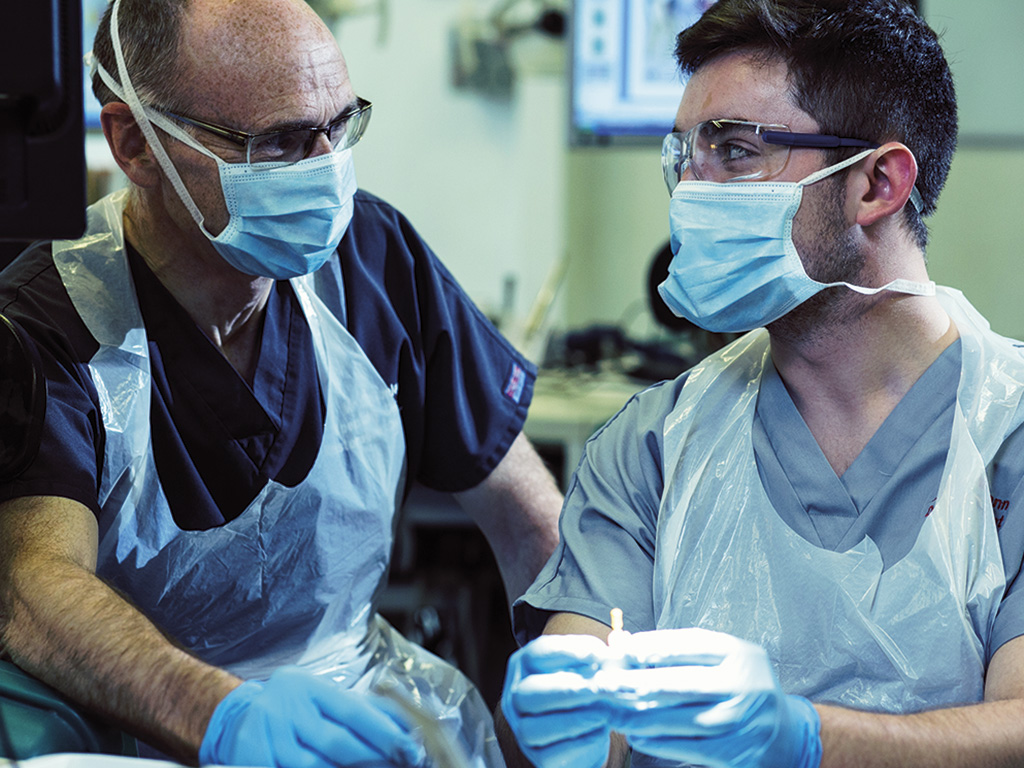
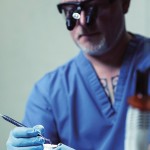
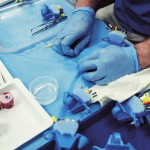
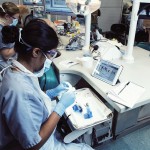
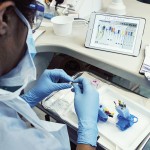
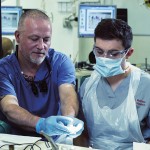
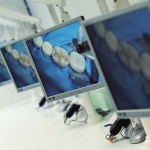
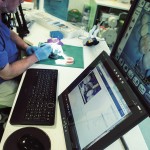
Comments are closed here.